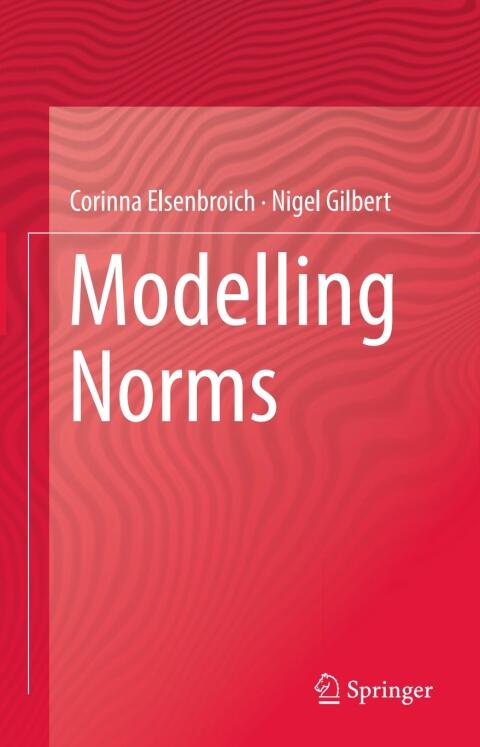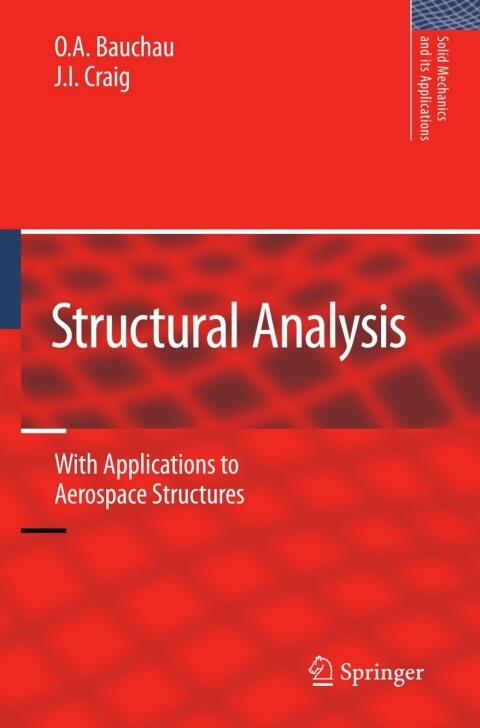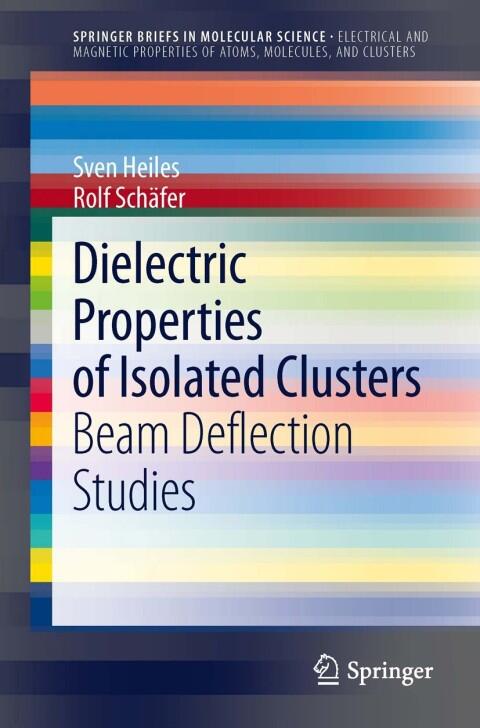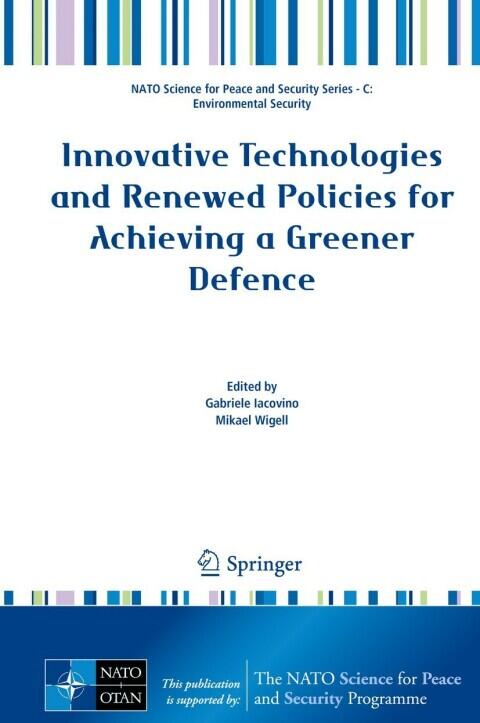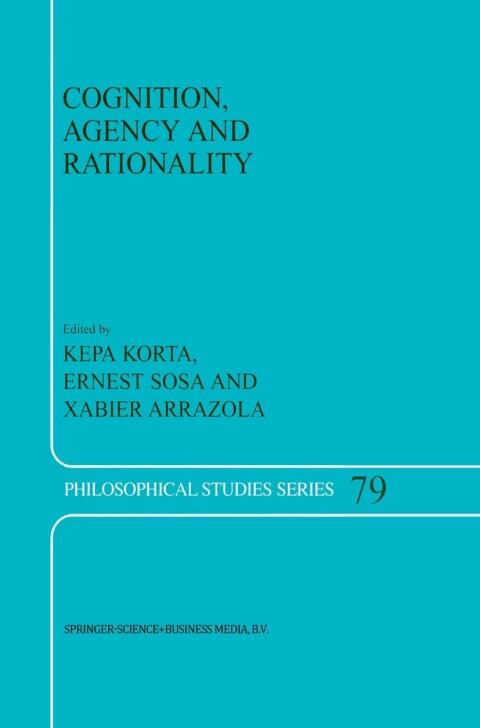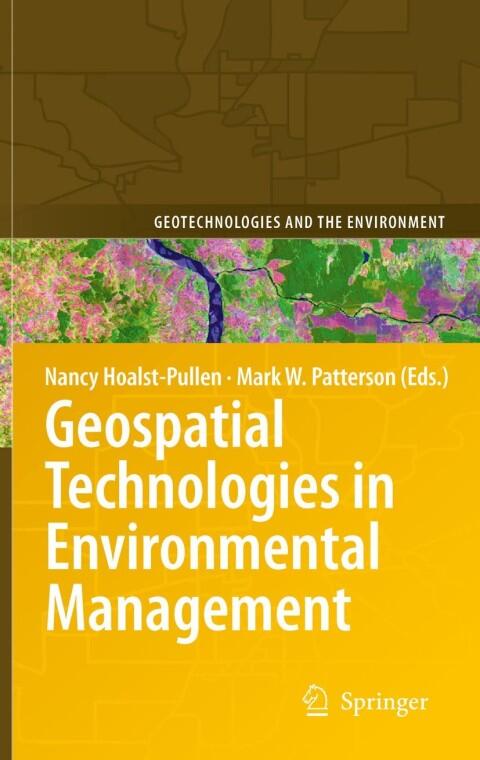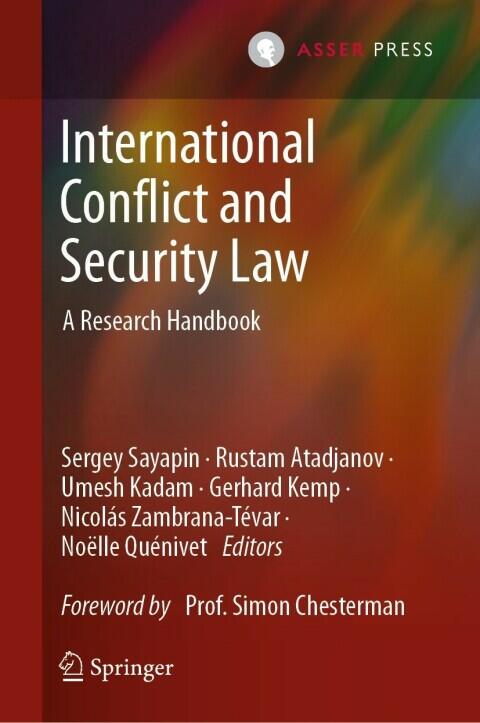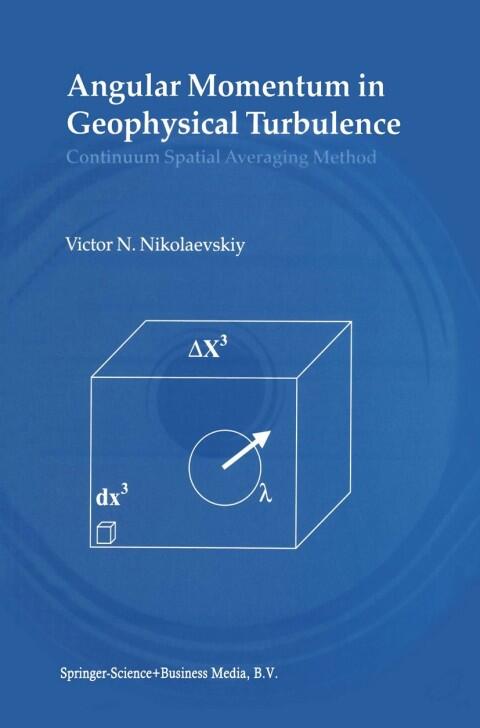
Angular Momentum in Geophysical Turbulence: Continuum Spatial Averaging Method
还没有评分
Thriller & Suspense
Action & Adventure
Science & Technology
格式
Kindle
页数
331
语言
荷兰语,佛兰芒语
已发布
Jan 1, 2013
出版商
Springer
版本
2004
ISBN-10
9401701997
ISBN-13
9789401701990
描述
Victor N. Nikolaevskiy delves deep into the fascinating realm of turbulence theory, particularly as it applies to geophysical contexts. The exploration begins with a comprehensive examination of angular momentum, a fundamental aspect of fluid dynamics that governs the motion of various natural systems. In this work, Nikolaevskiy introduces innovative methodologies, specifically the continuum spatial averaging method, which offers fresh perspectives on understanding complex turbulent flows encountered in geophysical phenomena.
This study not only elucidates the mathematical foundations of angular momentum but also connects it to real-world applications. By providing insightful case studies and theoretical models, the author bridges the gap between abstract concepts and their tangible implications, allowing readers to appreciate the practical significance of turbulence in environmental systems.
The book is meticulously structured to guide readers through its intricate topics, making it accessible to both advanced students and seasoned researchers. As they journey through the text, readers will find themselves captivated by the intricate dance of fluid particles and the underlying laws that govern their behavior.
By intertwining theory with application, Nikolaevskiy’s work stands as a significant contribution to the field of fluid mechanics, shedding light on the complexity of geophysical turbulence and inspiring further research in this vital area of study.
This study not only elucidates the mathematical foundations of angular momentum but also connects it to real-world applications. By providing insightful case studies and theoretical models, the author bridges the gap between abstract concepts and their tangible implications, allowing readers to appreciate the practical significance of turbulence in environmental systems.
The book is meticulously structured to guide readers through its intricate topics, making it accessible to both advanced students and seasoned researchers. As they journey through the text, readers will find themselves captivated by the intricate dance of fluid particles and the underlying laws that govern their behavior.
By intertwining theory with application, Nikolaevskiy’s work stands as a significant contribution to the field of fluid mechanics, shedding light on the complexity of geophysical turbulence and inspiring further research in this vital area of study.









